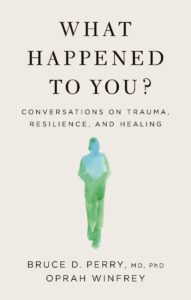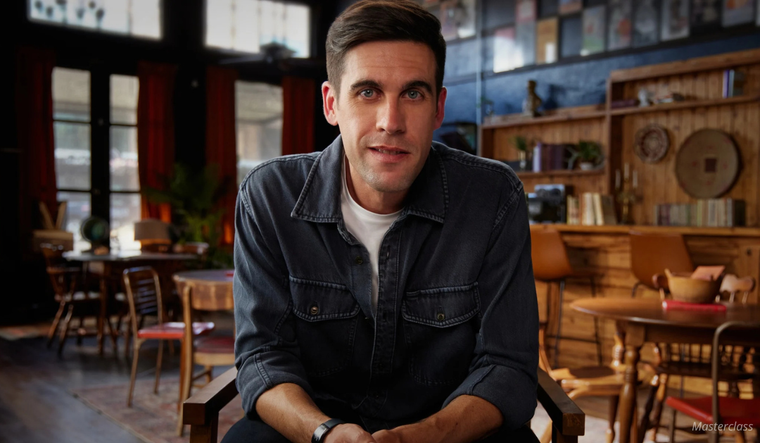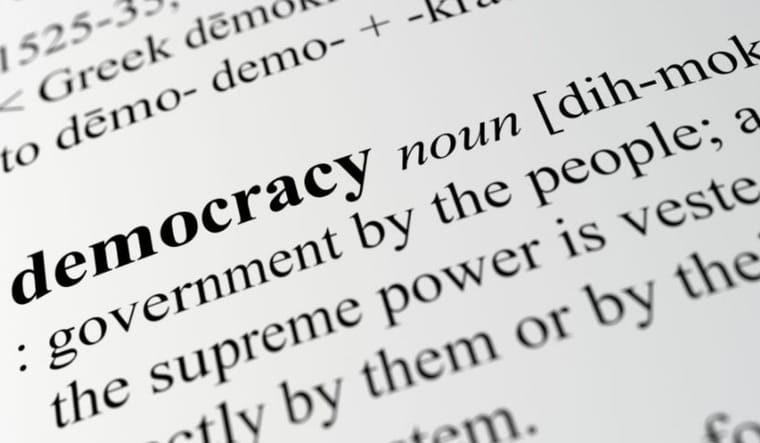For much of my adult life, being alone at night was extremely stressful. Even in Chicago, where I lived on the fifty-seventh floor of a building staffed with security and a doorman, I didn't feel safe. In fact, one night, after living in the condo a few years, I felt so acutely frightened that I convinced myself I had to leave because something bad was going to happen to me if I didn't. I actually got up from bed, left my home, and checked into the hotel next door. I felt safer in the hotel because no one would know I was there. My fears didn't make sense to me, and they were getting worse. I knew I needed to figure out what was going on, but I had no idea where to even begin.At the same time, Chicago was reeling from one of the country's first-ever school shootings. On May 20, 1988, Laurie Dann walked into a second-grade classroom in the North Shore suburb of Winnetka and opened fire. Six children were shot, and eight-year-old Nick Corwin was killed.In the aftermath of the shooting, angry and anguished parents were calling for the school's doors to be locked and chained and manned by security guards. One day I read an article that explained why the school principal refused to implement these changes; he said chaining the doors would send a message to the children that they were unsafe.And all of a sudden, out of the blue, while reading this article, I started to cry.Not just for the children and their families who were picking up the pieces after a tragedy, but because the words of the principal who refused to barricade the children triggered a long-forgotten memory of an event I hadn't thought of in years.Growing up in Mississippi, I always slept with my grandmother. My grandfather, who had dementia, slept in a side room. One night I was suddenly awakened to see my grandfather standing over the bed. Even before I opened my eyes, I could sense my grandmother's fear. I could feel her heightened awareness as she slowly repeated 'Earlest, get back to bed. Earlest, get back to bed.” He wouldn't go. He was trying to choke her, fighting to get his hands around her neck. When she finally managed to push him off her and run to the door, she cried out for one of our neighbors we called Cousin Henry, who lived down the road. 'Henry! Henry! Henry!” Henry was blind, but without hesitation he came in the middle of the night to help my grandmother put my grandfather back in his bedroom. My grandmother then wedged a chair under the doorknob of her bedroom door and found some cans to put around the bed. The next morning she tied those cans together and hung them from the door. And, every night for the rest of my days living with my grandmother, the cans were on the door and the chair was up under the knob. I would try to sleep while listening to make sure the cans didn't move.When I read about the principal who would not put chains on the doors, I had an Aha. The cans on my grandmother's door sent the very message the principal was trying to avoid sending to his young students. The chains would perhaps have protected the children, but in the principal's mind, it was more damaging to constantly remind them of a traumatic incident and make them believe they were unsafe.I finally connected the dots as to why I was afraid to be home alone at night. The attack on my grandmother, while we were asleep and at our most vulnerable, had been traumatizing. Obviously it left deep emotional scars. Even as an adult, as I tried to sleep, my mind was conditioned to stay in a constant state of arousal, prepared for attack.Making that connection, finally understanding both the cause and effect of my sleep trouble, was a game changer for me. Though I can still feel myself reacting to the deep stress points born in my grandmother's bedroom all those years ago, I now have the tools and understanding to step back, observe what I'm feeling, and choose how to move through the fear.As you consider your individual response patterns, know that by putting a small moment of space between the immediate feeling and your instinctive reaction, you are allowing yourself to stay present and ultimately regain control. Excerpted from WHAT HAPPENED TO YOU? Copyright © 2021 by Bruce Perry M.D., Ph.D and Oprah Winfrey. Reprinted with permission from Flatiron Books. All rights reserved
Excerpted from WHAT HAPPENED TO YOU? Copyright © 2021 by Bruce Perry M.D., Ph.D and Oprah Winfrey. Reprinted with permission from Flatiron Books. All rights reserved
If you liked this article, share it with a friend!
Stacey Lindsay is a journalist and Senior Editor at The Sunday Paper. A former news anchor and reporter, Stacey is passionate about covering women's issues. Learn more at: staceyannlindsay.com.
Please note that we may receive affiliate commissions from the sales of linked products.
 Excerpted from WHAT HAPPENED TO YOU? Copyright © 2021 by Bruce Perry M.D., Ph.D and Oprah Winfrey. Reprinted with permission from Flatiron Books. All rights reserved
Excerpted from WHAT HAPPENED TO YOU? Copyright © 2021 by Bruce Perry M.D., Ph.D and Oprah Winfrey. Reprinted with permission from Flatiron Books. All rights reserved



